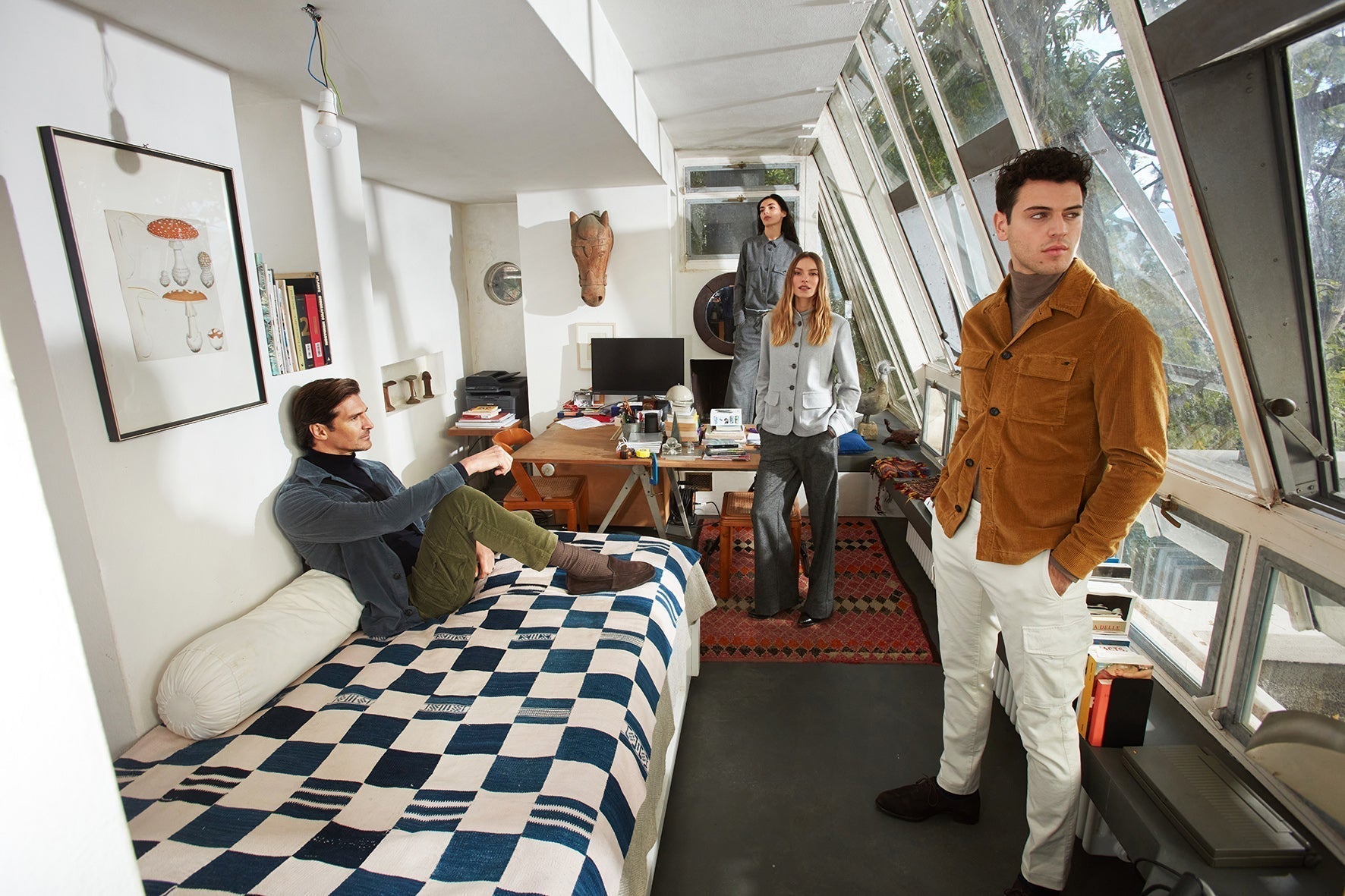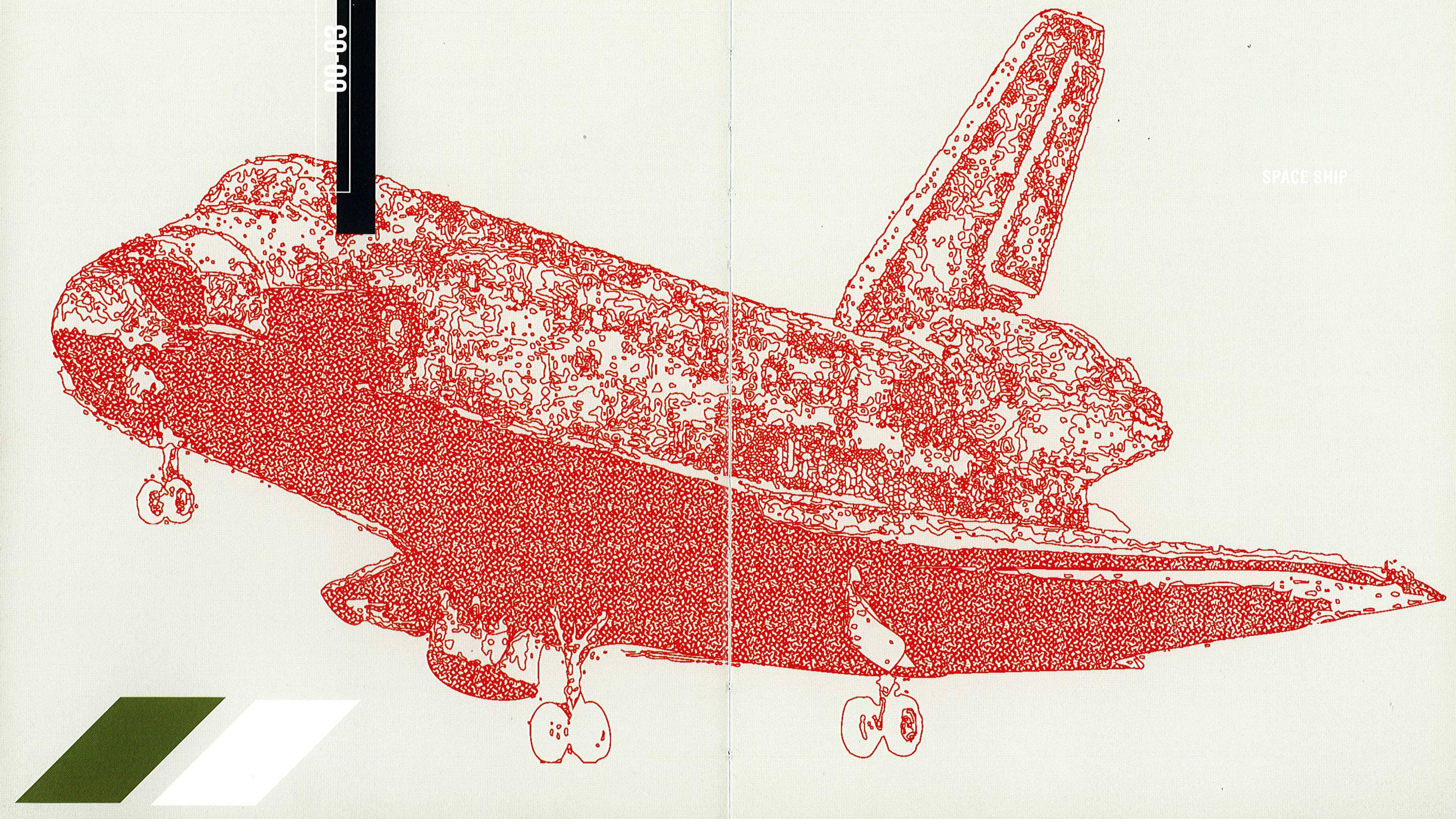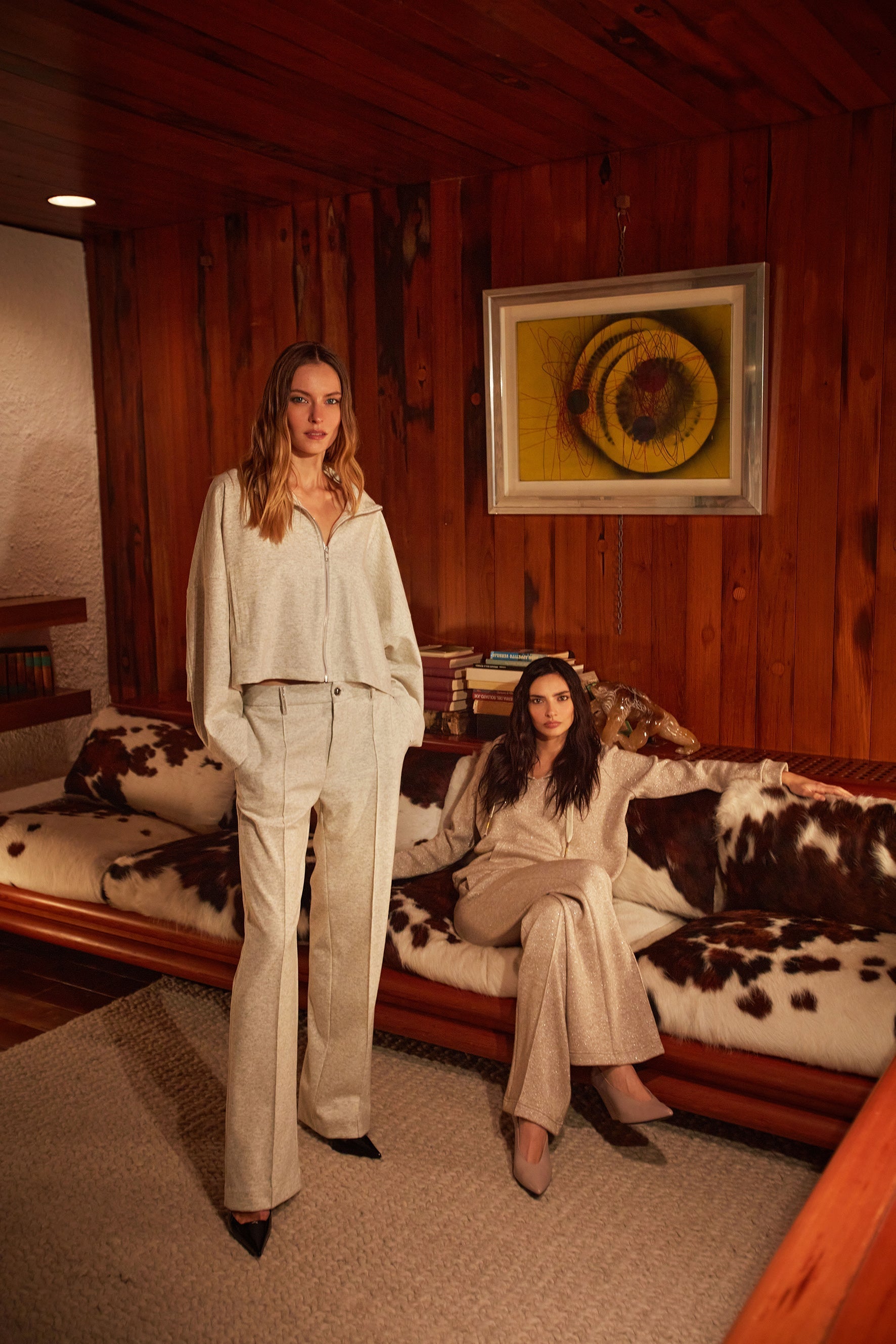Mason’s Garment-Dyeing

At Mason’s, garment-dyeing is not an effect — it’s a language. The finished garment is dyed, not the fabric roll: the color seeps into seams, volumes, and finishes, creating unique shades and a softer hand. The result is that lived-in look — never artificial — that makes each piece truly one of a kind.
The opposite of industrial uniformity. Difference becomes value.
This approach reverses traditional processes: instead of striving for tonal consistency, it celebrates chromatic depth and character. Subtle variations that record matter and time. An ancient technique, spiritually akin to resist dyeing methods such as Japanese shibori. Today reinterpreted with contemporary standards of quality and sustainability.
Origins and History
Dyeing a finished garment means accepting unpredictability as part of the process.
The garment-dye technique was born from this idea — an ancient method designed to bring color to life, not to control it.
Its roots stretch back in time — in Japan it was known as shibori as early as the 8th century — carrying the same spirit of craftsmanship and respect for materials.
Today Mason’s reinterprets that philosophy through modern eyes: garments immersed in certified natural pigments, using artisanal techniques that ensure chromatic richness and sustainability.
It’s not just dyeing. It’s building color from within, letting it flow through seams and structure. Every variation, every slight irregularity becomes a signature of authenticity — the visible trace of a method that rejects uniformity.
The Mason’s Way
For Mason’s, garment-dyeing is not an effect — it’s the language through which every collection takes shape. The finished garment is dyed, not the fabric: color flows through seams and volumes, creating unique shades and softness that piece-dyeing can’t achieve.
Imperfection becomes a signature. Difference becomes value.
This technique, originally developed for cotton, now defines nearly every Mason’s design: chino, cargo, blazer, jogger. It is the brand’s most recognizable mark.
A key element of the FW25 Collection: extending this dyeing process to wool and cashmere — noble fibers rarely garment-dyed. Thanks to the collaboration with Tessuti di Sondrio, Mason’s achieves the same chromatic depth on premium materials, preserving their natural quality.
The result is a richer, more tactile color palette, where every hue tells the story of the fabric itself.

In the men’s wardrobe, the New York Time 2 Pinces wool chino regular fit expresses this philosophy through sartorial precision and visual warmth.
In the women’s line, the New York Carrot in cotton and wool reinterprets the same principle with a softer, contemporary feel.

In both cases, color doesn’t cover — it builds. A visible trace of a process that defines Mason’s identity: artisanal tradition renewed through research and innovation.
The Time of Color
Garment-dyeing holds the essence of Mason’s: beauty lies in the trace, not in perfection. Every garment starts the same, but ends different. Hand, color, and material follow their own rhythm.
A gesture that unites technique and poetry, tradition and experimentation, shaping an aesthetic made of authenticity, not artifice.
Choosing a Mason’s garment-dyed piece means wearing a story that evolves with you — an elegance unafraid of the unexpected.
FAQ – Mason’s Garment-Dyeing
1) What does “garment-dyed” mean?
Garment-dyed: the garment is dyed after being fully constructed. The neutral or raw fabric is immersed in pigment only at the end of the production process. Shades and tones are never identical, giving an authentic, lived-in effect.
2) What’s the difference between yarn-dyed and garment-dyed?
Yarn-dyed: the threads are dyed before weaving. The result is uniform color and precise patterns.
Garment-dyed: dyeing takes place on the finished garment. The color penetrates irregularly, creating depth, variation, and a softer, more natural texture.
3) Why does Mason’s use the garment-dyeing technique?
Because it’s part of the brand’s identity. Garment-dyeing allows Mason’s to unite craftsmanship and innovation, turning each piece into something unique. It’s Mason’s signature.






